 This past week I saw both Avatar and The Imaginarium of Doctor Parnassus. Now, ordinarily, you
This past week I saw both Avatar and The Imaginarium of Doctor Parnassus. Now, ordinarily, you might be struck by the special effects of the latter (I particularly like the scene where Tom Waits as the devil unfurls his umbrella and casually steps off a cliff, at which point little white clouds appear to support each of his steps so he doesn’t plummet to the ground), except now it (and maybe everything else) pales in comparison to Avatar, which is as visually stunning as all the hype suggests, assuming all you expect from going to a movie is a cool light show. Not that there’s anything wrong with that. But, for my money, the better movie, even with its flaws is The Imaginarium of Doctor Parnassus. Why?
might be struck by the special effects of the latter (I particularly like the scene where Tom Waits as the devil unfurls his umbrella and casually steps off a cliff, at which point little white clouds appear to support each of his steps so he doesn’t plummet to the ground), except now it (and maybe everything else) pales in comparison to Avatar, which is as visually stunning as all the hype suggests, assuming all you expect from going to a movie is a cool light show. Not that there’s anything wrong with that. But, for my money, the better movie, even with its flaws is The Imaginarium of Doctor Parnassus. Why?
Because it has a story. Moreover, it celebrates the whole idea of story.
Yeah, sure, Avatar has a story. A simplistic one that’s 1) predictable, 2) done better before (Apocolypse Now, not to mention that movie’s source material, Joseph Conrad’s “Heart of Darkness”), and 3) largely besides the point since it exists solely to prop up the computer-generated world-building that is virtually (that’s the key word here) indistinguishable from real people. The Imaginarium, with all its fantastic images (e.g., a horse drawn coach which is bigger on the inside than the outside dimensions, as well as a cartoonish fantasy land — i.e., the Imaginarium — entered via a cheap stage mirror), is not trying to persuade you (or trick you) of a convincing depiction of reality, but rather it is trying to convince you just how shaky “real” reality is. The special effects are in the service of the story — which is all about the importance of stories, a theme you might expect from director Terry Gilliam — not the other way around, as you expect from director James Cameron.
While The Imaginarium also tells a familiar story of the deal with the devil, the power and humor of the storytelling (in other words, the humanity of it) makes us want to hear (see) it all over again. It seeks to show us that life is a sometimes dangerous funhouse comprising smoke and mirrors that maybe sometimes we can manage to peer beyond into the depths of our selves; not rely on smoke and mirrors to fool us into an experience primarily concerned with making us forget ourselves for a few hours before we have to leave the movie theater and return to humdrum everyday existence.
 I just saw some news via SFSignal and SciFi Squad about plans to create and animated version of Harlan Ellison’s A Boy and His Dog, with a tentative 2012 ETA. As a fan of the Hugo-winning 1975 film with Don Johnson (yes really, Don Johnson) and the original Nebula-winning Ellison novella, I think this could be a terrific project. For those of you unfamiliar with the story, it’s a post-apocalyptic tale featuring a misogynist young man and his super-intelligent telepathic dog, with a skewed, satirical edge that one expects from the best Ellison.
I just saw some news via SFSignal and SciFi Squad about plans to create and animated version of Harlan Ellison’s A Boy and His Dog, with a tentative 2012 ETA. As a fan of the Hugo-winning 1975 film with Don Johnson (yes really, Don Johnson) and the original Nebula-winning Ellison novella, I think this could be a terrific project. For those of you unfamiliar with the story, it’s a post-apocalyptic tale featuring a misogynist young man and his super-intelligent telepathic dog, with a skewed, satirical edge that one expects from the best Ellison. I have had the distinct good fortune of traveling to twenty-three countries and have, as I mentioned in prior posts, engaged in various ghost-hunting activities in more than a few of them.
I have had the distinct good fortune of traveling to twenty-three countries and have, as I mentioned in prior posts, engaged in various ghost-hunting activities in more than a few of them.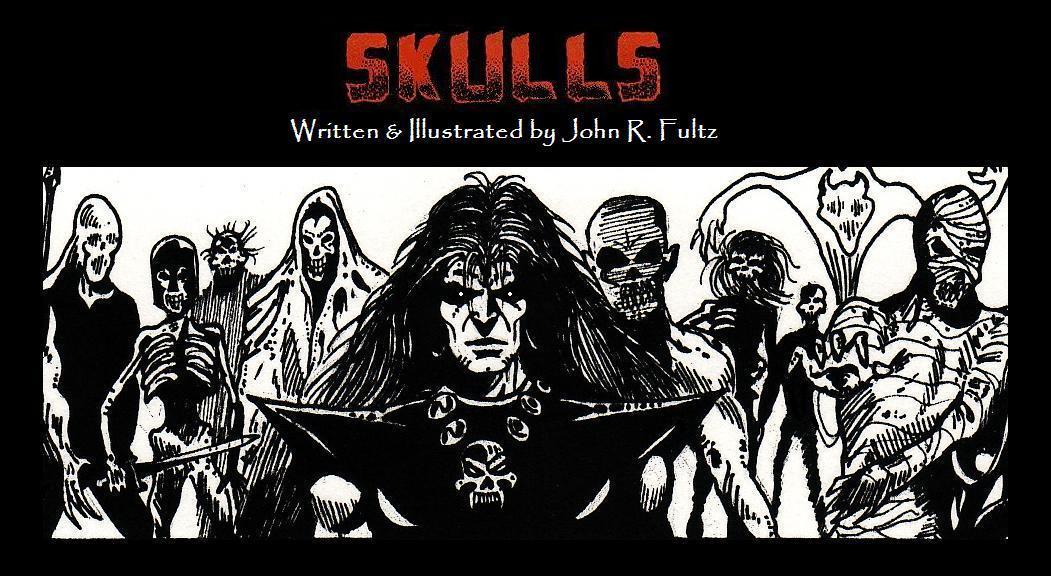
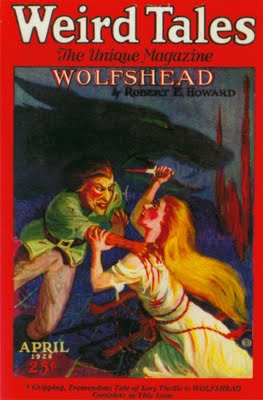 Last week,
Last week, 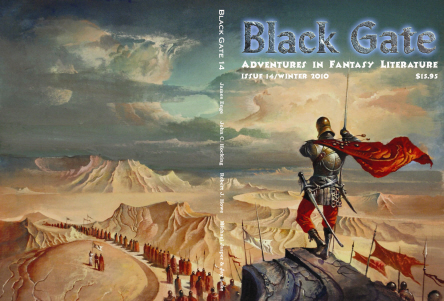 Black Gate 14 is a landmark issue — and at 384 pages, it’s also the largest in our history.
Black Gate 14 is a landmark issue — and at 384 pages, it’s also the largest in our history. 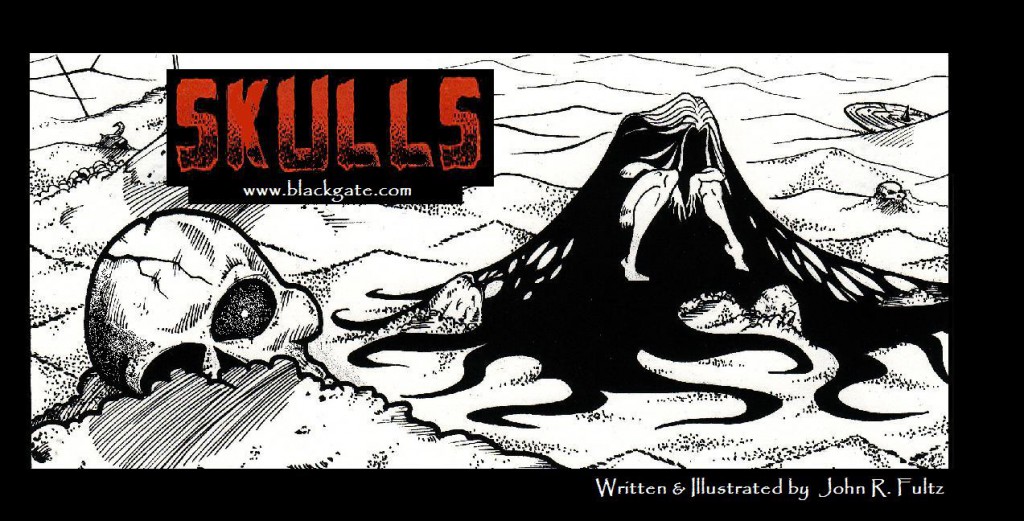
 This past week I saw both
This past week I saw both  might be struck by the special effects of the latter (I particularly like the scene where Tom Waits as the devil unfurls his umbrella and casually steps off a cliff, at which point little white clouds appear to support each of his steps so he doesn’t plummet to the ground), except now it (and maybe everything else) pales in comparison to Avatar, which is as visually stunning as all the hype suggests, assuming all you expect from going to a movie is a cool light show. Not that there’s anything wrong with that. But, for my money, the better movie, even with its flaws is The Imaginarium of Doctor Parnassus. Why?
might be struck by the special effects of the latter (I particularly like the scene where Tom Waits as the devil unfurls his umbrella and casually steps off a cliff, at which point little white clouds appear to support each of his steps so he doesn’t plummet to the ground), except now it (and maybe everything else) pales in comparison to Avatar, which is as visually stunning as all the hype suggests, assuming all you expect from going to a movie is a cool light show. Not that there’s anything wrong with that. But, for my money, the better movie, even with its flaws is The Imaginarium of Doctor Parnassus. Why?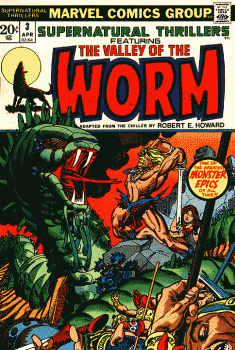 “One of the greatest monster epics of all time!”
“One of the greatest monster epics of all time!” 